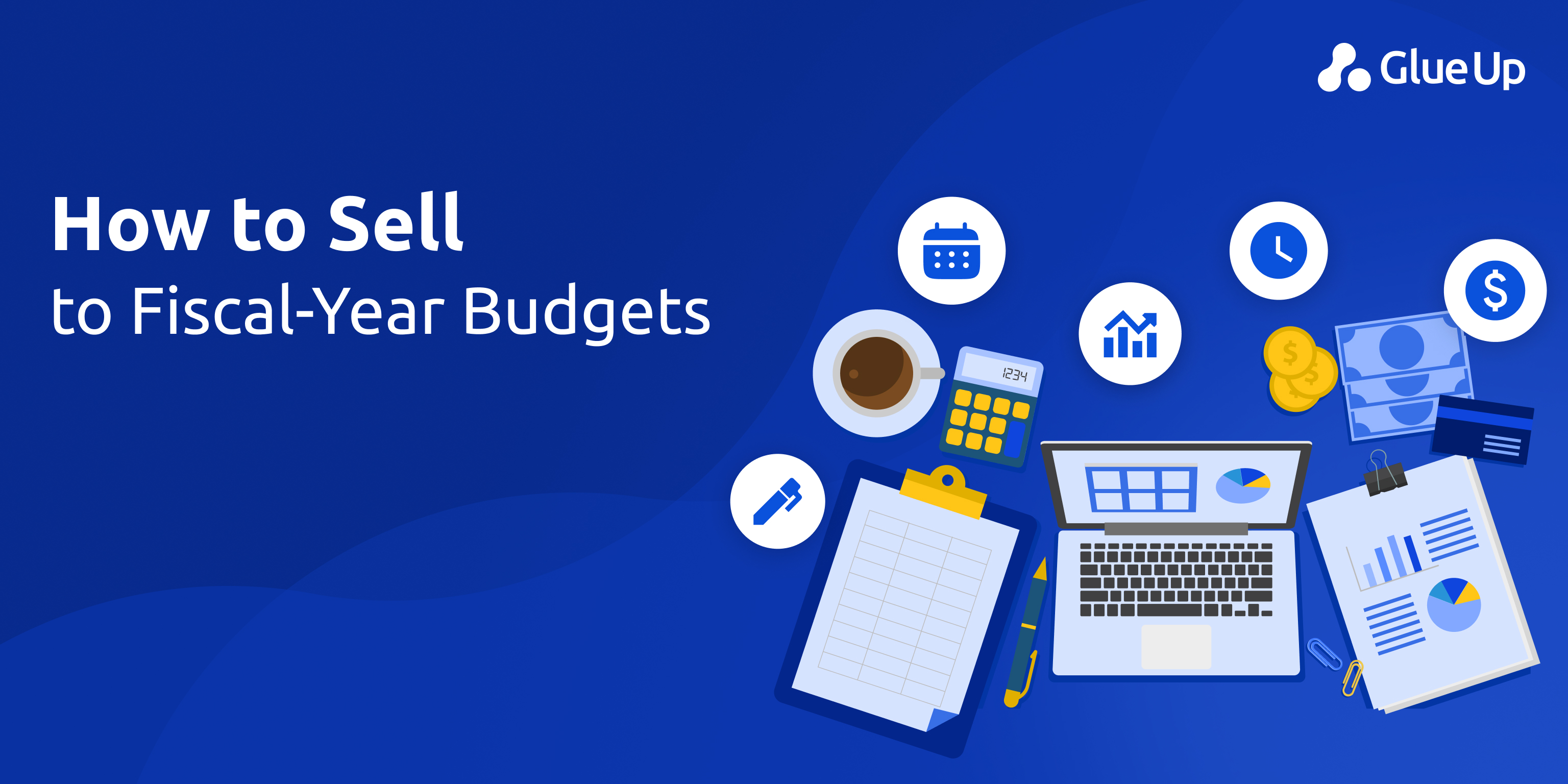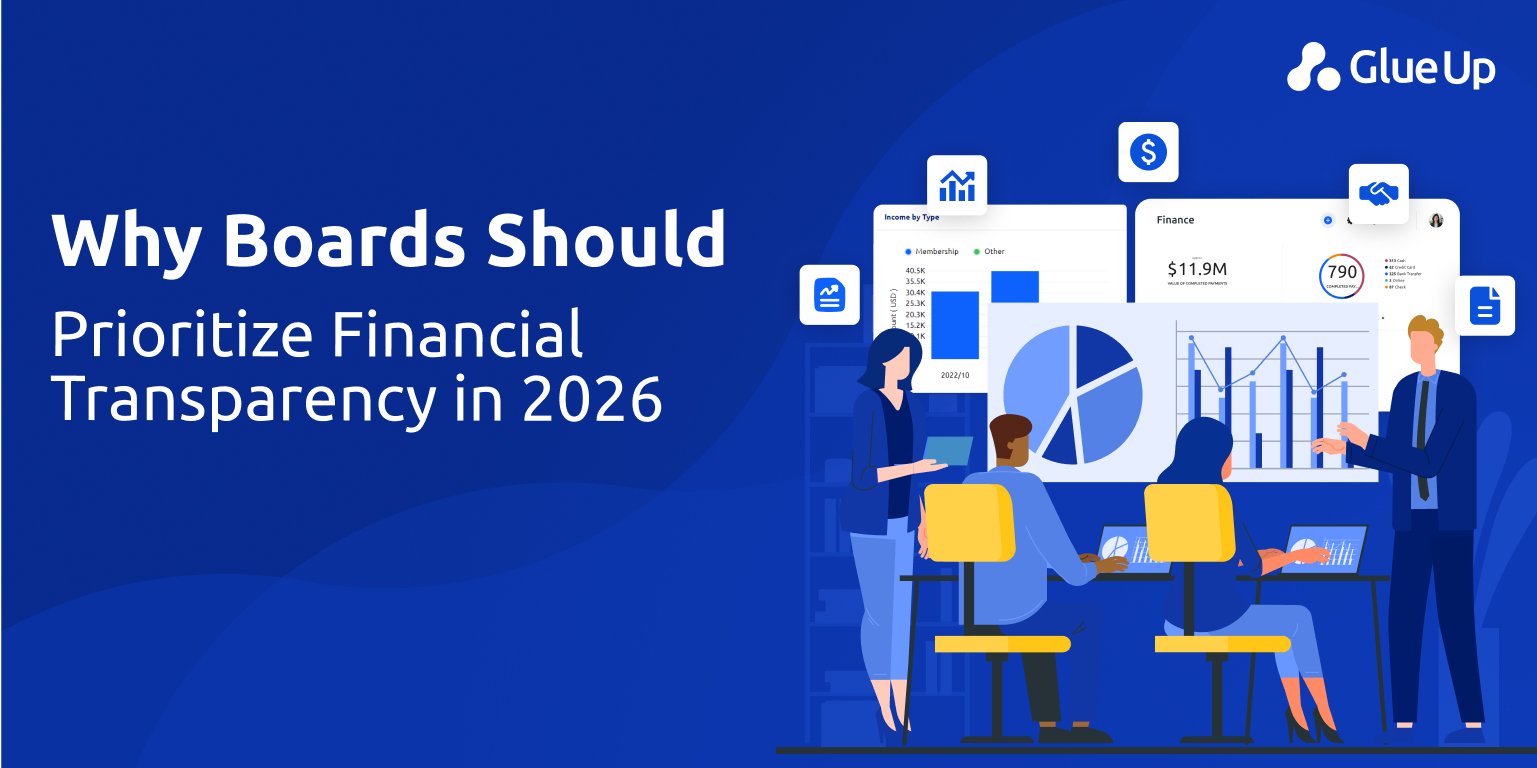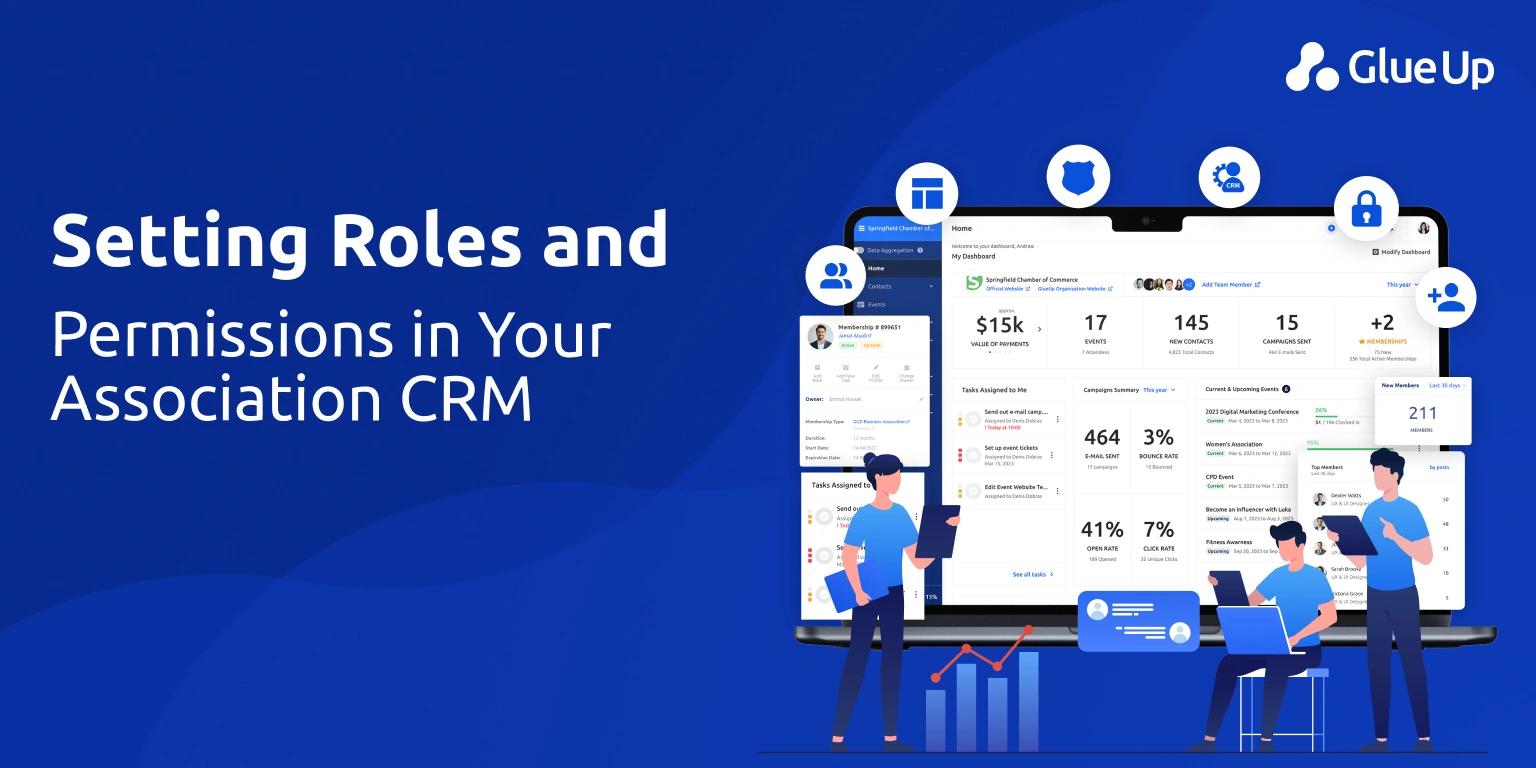
If you work with associations, chapters, or public buyers, the clock is louder than the pitch. The fiscal year 2026 budget is not a line on a spreadsheet. It is a schedule that decides when people listen, what gets approved, and how fast you can start.
The fiscal year 2026 budget starts on different dates depending on who you sell to. Many nonprofits close on June 30, many others close on December 31, and the federal government starts its year on October 1. Your plan has to match those clocks, or your best offer will arrive in the wrong month.
That is the entire game. When you align your discovery, references, terms, and launch plan to the fiscal year 2026 budget, you make the board decision easier, the paperwork faster, and the outcome more predictable.
Key Takeaways
Know the buyer’s clock first. Deals follow three calendars: June 30, December 31, and October 1; and your plan should match the one that controls the fiscal year 2026 budget.
Arrive early with a packet, not a pitch. Staff build budgets and boards approve them, so deliver a short, board-ready 2-pager that can drop straight into the fiscal year 2026 budget.
Write terms that survive delays. For public buyers, use award-triggered starts, price-hold dates, and “no invoice until funds available” to stay on track during continuing resolutions.
Prepare before the RFP. Expect roughly two months from posting to award; have security, privacy, accessibility, data export, and SSO answers ready in advance.
Make the first 90 days count. Promise specific 30/60/90 outputs, like renewals collected, registrations, or invoice aging, so leaders see wins inside the fiscal year 2026 budget window.
Sponsors decide in Q4. Package sponsorship asks with measurement they can forward to managers, and time them to the sponsor’s budget cycle.
Quick Reads
The Three Clocks That Decide Your Deal
There are three common fiscal calendars you will run into. Think of them as three different tides. Each tide shapes when a buyer explores, compares, approves, and signs.
Clock One: June 30 Year End (Common in Nonprofits)
Organizations with a June 30 year-end often draft next year’s plan in spring, finalize numbers before summer programs kick off, and ask the board to vote before July 1. Practical guidance from nonprofit finance advisors recommends starting the formal budget process at least three months before the new year so staff can prepare materials, leadership can review, and the board can adopt on time. If you want your offer in their fiscal year 2026 budget, your work should start in January or February of 2025.
Clock Two: December 31 Year End (Calendar Organizations)
Plenty of associations and chapters operate on the calendar year. They test and compare in late summer and fall, line up a shortlist by November, and move through approvals around December to February. If your target uses the calendar, your fiscal year 2026 budget conversation starts in August 2025 and hits its peak before the holidays. Board resources from sector leaders are clear on roles: staff build the plan, the board approves it, and everyone needs clean documentation to do that job well.
Clock Three: Federal and Public Buyers (October 1 Year Start)
The federal government’s fiscal year runs October 1 through September 30. Appropriations can be late, which is why you see continuing resolutions that keep agencies operating while lawmakers finish funding bills. That reality does not erase demand, but it does shift start dates and contract language. Your terms must fit that world. If you are selling to public buyers, write for the fiscal year 2026 budget with award-triggered starts and clear milestones.
Make The Invisible Timeline Visible
It helps to map your plan to a simple four stage timeline: discovery, evidence, approval, start. Each stage has artifacts the buyer needs and a window when those artifacts matter most.
Discovery
You are not presenting slides. You are learning the constraints. Which fiscal clock applies. Which committee decides. Which procurement path is required. For public buyers, ask early about security, privacy, accessibility, data export, and single sign on.
In many states and agencies, these requirements are not optional, and they shape what goes into any solicitation or sole source justification. A state procurement guide from NASPO underscores the structured role of procurement in aligning purchases to policy and public value. Treat that structure as a partner.
Evidence
Boards approve budgets. Staff prepare them. Your job is to give staff a short, clear packet that business offices can lift into their fiscal year 2026 budget. That packet needs outcomes, cost, implementation steps, risks with mitigations, and references.
It should also show how the first 90 days will produce a report someone can forward to a committee without you in the room. BoardSource describes budget approval as a board responsibility, with staff building the budget the board adopts. Write to that division of labor.
Approval
This is an agenda item, not a hallway nod. Budget adoption typically happens at a scheduled board meeting. That is why starting at least three months before the new year is not a “nice to have.” It is the only way the right people see the right materials on time. The fiscal year 2026 budget moves forward when the board can see the story and the math together.
Start
If you sell to public buyers, the start may be tied to an award notice. If a continuing resolution is in play, you can commit to a price hold and a “no invoice until award” promise, with a contingent start date. The Congressional Research Service explains how continuing resolutions work and how often they happen. Bring that understanding into your terms so buyers can say yes without risk if funding timing shifts.
Two Nonprofit Calendars, Two Motions
If Year End Is June 30
January to February 2025: Short discovery calls, quick diagnostic of current membership, events, and finance workflows. Share a one page summary that ties outcomes to a credible first 90 days.
March to April 2025: Deliver a board-ready packet. Include a cost table, an implementation plan with clear responsibilities, a risk section with mitigations, and two to three references with contact details.
May to June 2025: Focus on final questions, agreement language, and timelines. Aim for a July start so value shows up early in reports tied to the fiscal year 2026 budget.
If Year End Is December 31
August to September 2025: Hold an executive working session. Map what success looks like by March. If you can show early wins in the first quarter, your odds of approval rise.
October to November 2025: Term sheets and red lines. Make procurement easy. Provide security and privacy documents, accessibility statements, and data ownership language the finance committee can understand.
December 2025 to February 2026: Board vote, purchase order, kickoff. Tie your onboarding to the first committee meeting after the holidays so your first report lands while the fiscal year 2026 budget is still a fresh decision.
Selling To Government for Fiscal Year 2026
Public sector timelines look slow from the outside because the work starts before an RFP appears. If you wait for a posting, you are already late.
Write For Continuing Resolutions
Do not guess. Use simple language buyers have seen before: award-triggered start, price valid through a specific date, and no invoice until funds are available. Keep the tone practical. CRS materials show that continuing resolutions are common. Your terms should make that normal.
Respect The RFP Clock
Benchmarks vary, but one widely cited analysis puts the average public sector RFP at roughly 57 days from posting to award, not counting the pre-planning stage. That is two months to answer questions, provide references, and align on scope. Prepare your answers now.
Bring The Right Proof
For many agencies and state entities, procurement teams will look for security practices, single sign on, accessibility commitments, audit logs, data export paths, and clear statements of data ownership. NASPO resources consistently frame these items as part of modern public procurement practice. Put that list in your packet so a reviewer does not have to chase you.
Build A Board Packet
A board packet is a decision tool. Keep it short, direct, and easy to forward. Here is what belongs inside when you are asking for inclusion in the fiscal year 2026 budget:
One Page Summary. Describe the current pain in plain language, the outcome in a single paragraph, and the first 90-day milestones a board can understand without extra context.
Cost and Terms. Give a simple cost table with one time and recurring items. Avoid clutter. Make it easy to see the annual amount that will live inside the fiscal year 2026 budget.
Implementation Plan. Who does what, and when. Include a calendar with training sessions, data migration steps, and the date of the first board-visible report.
Risk And Mitigation. List the two or three things that could slow you down, then show how you reduce each risk. Lead with clarity. The board’s role is oversight. Make that job easier. BoardSource guidance is explicit that boards protect assets and approve the budget. Speak to that duty.
References. Two phone calls beat a page of adjectives. Line up peers who can speak to outcomes that sound real and give your buyer permission to call them. Keep it specific: results, time window, and what changed.
Sponsors Do Their Math in the Fourth Quarter
If you sell sponsorships to fund programs and events, your buyer has a boss with a spreadsheet. Many sponsors plan the next year’s spend in the last quarter of their fiscal year, which is often October through December. That is the window to present a menu tied to outcomes you can measure.
When you align your asks to the fiscal year 2026 budget cycle, you can show a sponsor how their spend will be reported back to their leadership team, and by when. Smart sponsors need proof, not adjectives. Use the same packet playbook you use for boards and show a simple chain from exposure to engagement to pipeline. Then put a date on the follow up report.
The First Ninety Days Matter More Than Your Demo
Boards approve what they can picture. If the fiscal year 2026 budget includes your platform, people will ask what changes in the first quarter. Your answer should be concrete.
Thirty Days
Data is imported, users are invited, payment methods are tested.
First weekly numbers appear: logins, transactions, registrations, or other early signals.
A short steering check with the project sponsor confirms scope and timing.
Sixty Days
Staff training is complete.
The first campaign or event cycle runs end to end.
A board liaison can point to in-platform reports that match the goals they approved in the fiscal year 2026 budget.
Ninety Days
You send a one-page outcome summary.
The numbers line up with what the board or sponsor expected.
Any open items are listed with clear owners and dates.
This is not theater. It is how you create confidence, speed renewal, and win the second project. It is also how you protect your internal champion who put your line in the fiscal year 2026 budget.
How Glue Up Fits Without Turning This into a Sales Pitch
You do not need buzzwords. You need a system that lets a board see the story in one place.
Membership and CRM. Segment by fiscal year type, track renewals automatically, and export board-ready reports that show engagement, renewals due, and invoice aging for the fiscal year 2026 budget.
Events. One agenda, two audiences, in person and online. Tie registration to attendance, and attendance to sponsor leads. That linkage gives you a clean story for a board packet or a sponsor recap.
Payments And Finance. Automated invoices and reminders that match your cycle. If you serve chapters with different year ends, each can follow its own cadence.
Community And Mobile. Keep activity visible between meetings so the first 90 day report is more than a number.
AI Copilot. Draft board summaries, assemble RFP language for security and privacy, and prepare sponsor recaps that match the format executives expect.
Use these pieces to build the packet, not to talk about features. The fiscal year 2026 budget is a decision artifact. Build to that artifact.
Practical Language You Can Lift into Your Terms
If you work with public buyers or anyone tied to government calendars, add clear, tested statements to your agreements. Keep it simple and normal.
Award Trigger: “Service start will be triggered by written notice of award.”
Funding Timing: “No invoice will be issued until funds are available under enacted appropriations or an executed contract vehicle.”
Price Hold: “Quoted pricing is valid through March 31, 2026” (adjust the date to fit the procurement plan).
Data Ownership: “Customer remains the owner of all customer data. Export paths are documented and available on request.”
Accessibility And Security: “Vendor attests to accessibility commitments and provides a security overview, including single sign on options and audit logs.”
These lines are not legal advice. They are workable phrases buyers have seen before. If a continuing resolution extends beyond what you planned, your buyer is covered, and you can still move quickly when the final bill passes. CRS materials give you the context to explain why this matters without turning the meeting into a civics lesson.
A Short Playbook You Can Run This Week
Step One: Identify The Clock
Ask one question at the start of every conversation: “What is your fiscal year end, and when does the board approve the budget?” Note the month and the meeting schedule. This one answer tells you when to deliver your packet for the fiscal year 2026 budget.
Step Two: Offer A Mini Diagnostic
Twenty minutes. Three questions. Where does your time go today. What number gets you in trouble with the board. What report do you wish you could send next month. Summarize in a single page with a proposed first 90-day plan.
Step Three: Build The Packet
Use the five-part structure above. Keep it to two pages, plus attachments. Make it easy to forward. Budget advisors recommend starting the formal process at least three months before the fiscal year begins, which is your cue to work backward.
Step Four: Pre-Answer The RFP
Even if you sell outside government, build a short security and privacy appendix. Include your data export policy and accessibility commitments. When someone asks, you are ready. In public settings, that preparation shortens the distance from posting to award.
Step Five: Write To the Calendar
If your buyer ends June 30, your fiscal year 2026 budget story must land by April. If your buyer ends December 31, it must land by November. If your buyer is federal, be ready for October 1 starts and continuing resolutions that adjust timing. USAGov explains the official process, and CRS explains the stopgaps. Refer to them if a non-specialist wants context.
Close With What Buyers Remember
When you finish the meeting, people will remember three things.
You understood their calendar.
You gave them a packet that fits the meeting where budgets get approved.
You showed how the first ninety days of the fiscal year 2026 budget turn into a short report that proves the choice was smart.
Everything else is support material.
If you match your timing to the three clocks, send a board-ready packet, and promise measurable progress in ninety days, you will not just win a project. You will set a tone for the entire year that is easy to defend and simple to renew.
That is how you sell into the fiscal year 2026 budget without waiting for luck. It is how you help staff do their jobs and help boards do theirs. It is also how you stay calm when the headlines change, because your plan was built for the calendar that decides.



